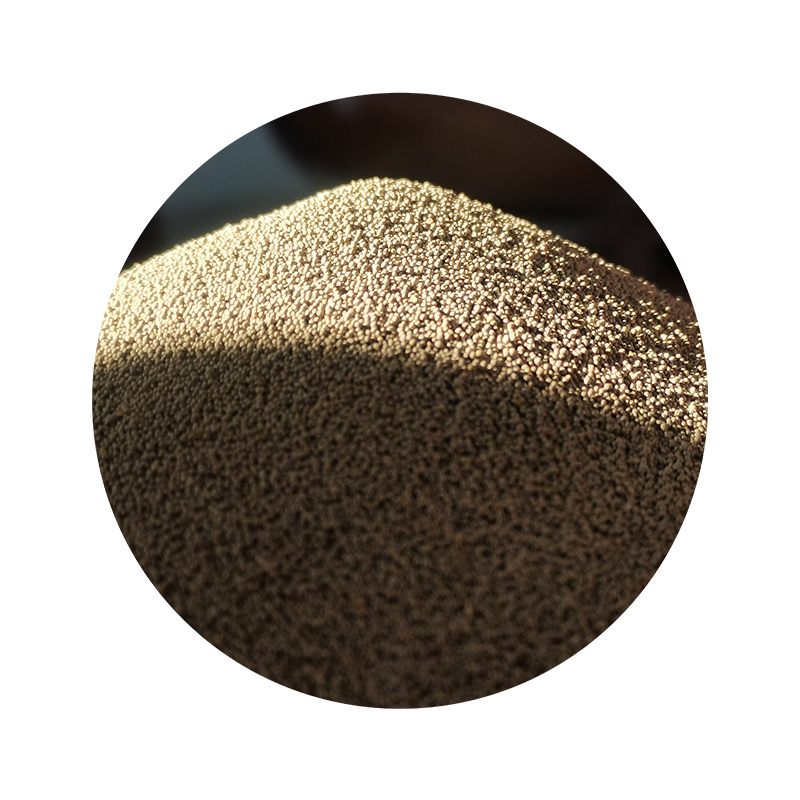Can You Sand a 3D Print?
The rise of 3D printing technology has revolutionized various industries, enabling designers and hobbyists to create intricate models, prototypes, and functional parts with remarkable ease. However, while 3D printing offers a plethora of advantages, it also presents challenges in achieving a smooth and polished finish on the final product. One common question that arises among 3D printing enthusiasts is can you sand a 3D print? The answer is yes, and this article will explore the reasons for sanding, the methods involved, and some tips to achieve the best results.
Why Sand a 3D Print?
3D printing inherently involves layer-by-layer deposition of material, which can lead to visible layer lines, rough textures, and other surface imperfections. These issues can be particularly pronounced in filament-based printing processes like Fused Deposition Modeling (FDM) and can detract from the aesthetic quality of the object. Sanding serves multiple purposes it can improve the appearance by smoothing out the surface, enhance the fit of parts when assembling, and help prepare the print for painting or finishing processes. In some cases, sanding is essential to achieve a professional look or to meet functional specifications, especially in engineering applications.
Methods of Sanding 3D Prints
There are several methods and tools that can be utilized when sanding a 3D print, depending on the complexity of the object and the desired outcome.
1. Hand Sanding This is the most straightforward approach. Using various grits of sandpaper, starting from a coarse grit (around 80-120) to remove larger imperfections and gradually moving to finer grits (up to 1000 or more) can yield excellent results. It’s crucial to sand lightly, particularly when working with intricate details. A light touch helps prevent removing too much material or damaging delicate features.
2. Power Sanding For larger or more robust prints, power sanders equipped with sanding pads can be utilized. However, caution is essential, as power tools can remove material quickly and may lead to over-sanding or uneven surfaces. A palm sander or an orbital sander can be effective, but they require careful handling to avoid altering the shape of fine details.
3. Sanding Blocks For better control and a flatter surface, using sanding blocks can be beneficial. These can help keep the sanding uniform and can be particularly useful for flat surfaces. It’s advisable to wrap the sandpaper around the block or to use sponge sanding blocks to conform to curves.
can you sand a 3d print

4. Wet Sanding This technique involves using water during the sanding process to reduce dust, prevent clogging of the sandpaper, and enhance the finish. Wet sanding typically provides a smoother surface, but it can require longer drying times for the print itself.
Tips for Successful Sanding
Achieving the best results during sanding requires attention to detail and some practice. Here are some tips to consider
- Choose the Right Sandpaper The grit of the sandpaper is crucial. Start with a lower grit for removing larger imperfections, then progress to higher grits for finishing. A variety pack can be useful for different stages of sanding.
- Test First Before sanding the final object, consider testing your technique on a small piece of scrap material. This practice can help you determine how much pressure to apply and how the material responds.
- Clean the Print Before sanding, clean the print to remove dust and grease. This can help achieve a more uniform finish and protect your sandpaper from clogs.
- Be Patient Sanding can be a time-consuming process. Rushing can lead to mistakes, so take your time to achieve the desired finish.
- Consider Post-Processing After sanding, additional post-processing techniques like painting, sealing, or using a primer can further enhance the surface of your print.
In conclusion, sanding a 3D print is not only possible but can result in a vastly improved final product. Whether your aim is to enhance the aesthetic appeal, prepare for painting, or ensure functional accuracy, proper sanding techniques will help you achieve your desired outcome. With the right approach and a little practice, your 3D prints can achieve a level of finish that rivals those produced by traditional manufacturing methods.
Post time:Ноя . 28, 2024 09:58
Next:Hoge volume zandgieten voor efficiënte productieprocessen en kosteneffectieve oplossingen
